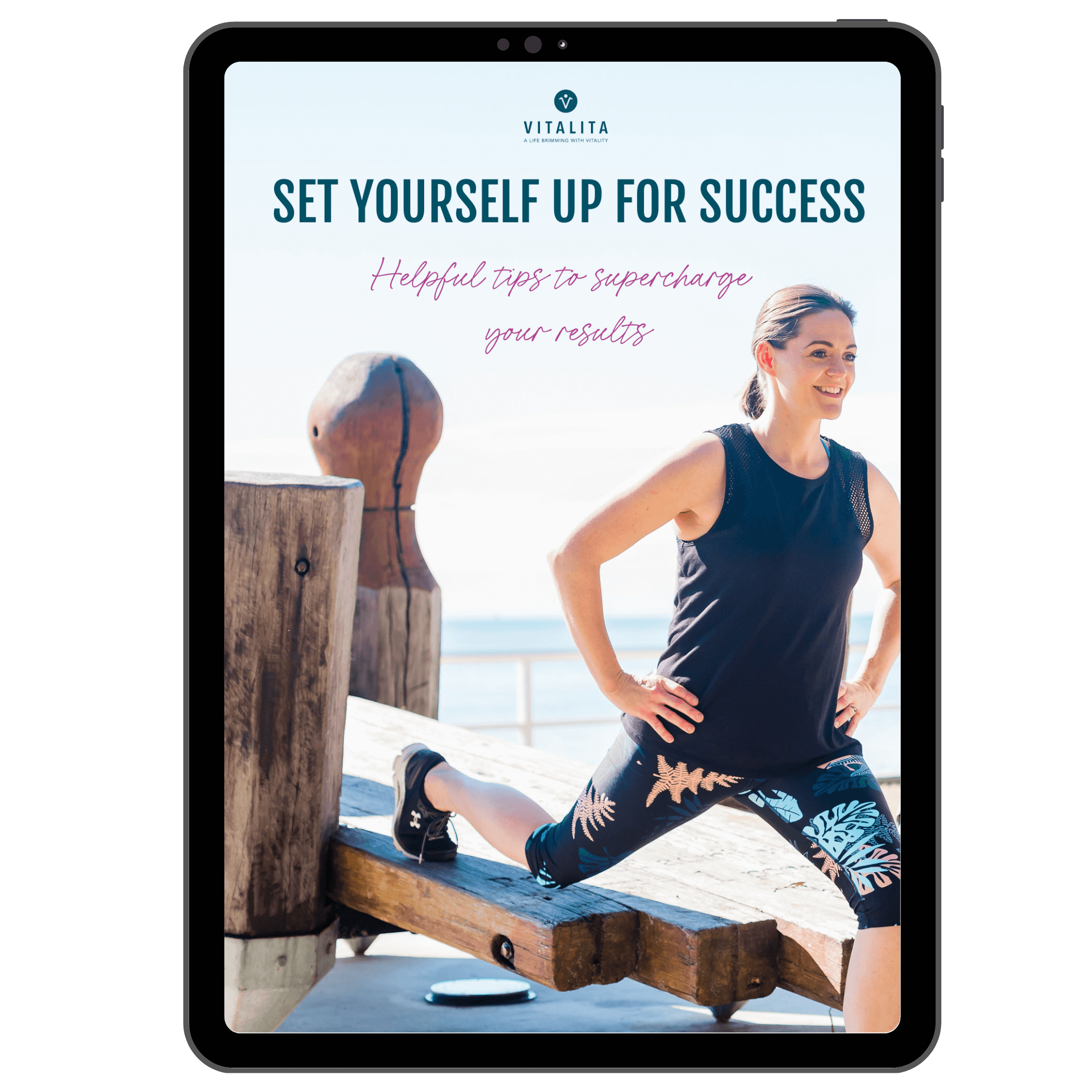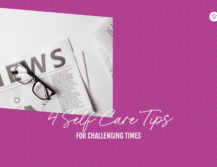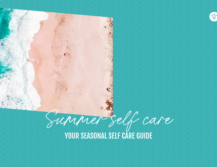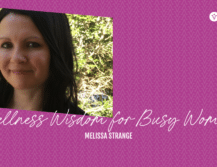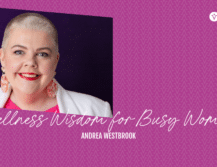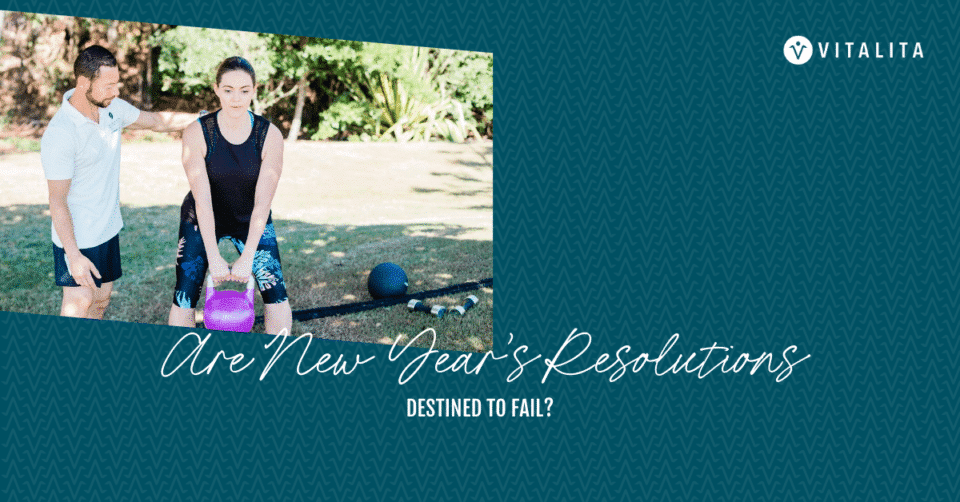
Do new year’s resolutions work?
Over the past three years working as a Personal Trainer in a major gym, I’ve noticed a distinct trend (you probably have too). In January the gym is heaving; old and new members alike are raring to go, there’s a queue to use the machines and I have to get creative about where and how I train clients. By Easter the crowds have thinned and, by the time May rolls around, it’s just me and the ‘regulars’.
We’ve all been there. Year after year we vow to turn over a new leaf and become the best version of ourselves (the kind of person who inspires envy on Instagram #fitspo), only to abandon our goals within a few days, weeks or months.
So why don’t new year’s resolutions work?
I believe most people set themselves up for failure by not preparing properly before diving into their goal or challenge. Whether you want to lose weight, tone up, increase your cardio fitness or gain muscle you are more likely to achieve lasting results if you have a clear goal and a plan. When you have something concrete to work towards you increase your chance of success.
The start of the year is a logical time to do this and, with a bit of savvy, you can create and achieve realistic, meaningful goals. Download the worksheet so you can get started now.
STEP 1: The big picture
What do you want to achieve in the next 12-18 months?
Knowing WHAT you want to achieve is important but knowing WHY you want to achieve it is mission-critical. Before you start to articulate your goal, get clear on why it’s important to you.
Now it’s your turn. Spend a little time thinking about what you want to achieve with regards to health and wellness in 2017. It may help to imagine it is 31 December 2017 and you are reflecting on what you have achieved over the past year. How will you feel when you have achieved your goal?
STEP 2: Break it down
Long term goals are useful, but they can seem intimidating. For example, if your goal is to complete a marathon but, right now, you struggle to complete a 5 kilometre run, your goal probably feels out of reach. Break it down and it will be easier to manage.
What can you do in the next 12 weeks that will help you reach your bigger goal?
I encourage my clients to set SMART goals. A SMART goal is:
Specific
Your goal should be action-oriented (what will you DO), and easy to understand.
Measurable
How will you track your progress and what will success look like? Add a number.
Achievable
Don’t set yourself up for failure by choosing an unattainable goal. On the other hand, you may not be motivated by a goal that is too easy. Only you know your limits.
Relevant
Internal motivation is far more powerful than external motivation. Go back to your why and choose a goal that is important to YOU.
Timebound
Set a deadline to keep you accountable.
For example, one of my goals for 2017 is to gain two kilograms of lean muscle in three months by following a four-day strength program combined with a nutrition plan designed to build muscle.
Two kilograms feels achievable and I’ll use weight, body measurements and regular photos to measure my progress over the three month period. Being able to see tangible results motivates me to keep going. I’ve also scheduled my workouts in my calendar and will use My Fitness Pal to track my workouts and daily food consumption. For me, this goal is about more than just looking good, its about feeling good too; additional lean muscle will enhance my power and stamina on the tennis court, increase my metabolism and help my bodily systems function more effectively.
Have another look at your goal. Is it SMART?
STEP 3: Plan for the worst
Setting SMART goals doesn’t mean you’ll never experience failure or setbacks. So, just as you would when writing a corporate risk management plan, you need to identify potential obstacles or challenges. Then, put appropriate strategies in place to prevent or mitigate the risk and help you stick to your goals.
For example, if you:
- worry about being interrupted by family, let your partner and kids know that you will be unavailable at a certain time or book a babysitter
- know that you tend to be all talk and no action, book a personal training session once or twice a week for accountability or train with a friend
- like being in a group environment purchase a 10-class pass for yoga or small group training
- prefer to exercise solo and go at your own pace, use a fitness app to track your progress.
When it comes to creating lasting habits, there’s no single approach that works for everyone so understanding how you respond to your inner and outer expectations can help you develop long-term habits and achieve goals.
The Four Tendencies framework – created by Gretchin Rubin – is a useful tool to help understand your tendency. When it comes to obligations and habits, are you an Obliger, Rebel, Questioner or Upholder?
I didn’t need to take the quiz to know my predominant tendency is UPHOLDER. I respond readily to both outer and inner expectations and generally:
- find it easy to meet deadlines and achieve goals such as new year’s resolutions
- am motivated by fulfillment
- enjoy getting things done
- find it relatively easy to make or break habits.
As an upholder I’m confident that I’ll be able to achieve my fitness goals but if you feel overwhelmed or need help creating realistic, meaningful goals, download the worksheet and book a goal-setting session with me.
– Sam –
